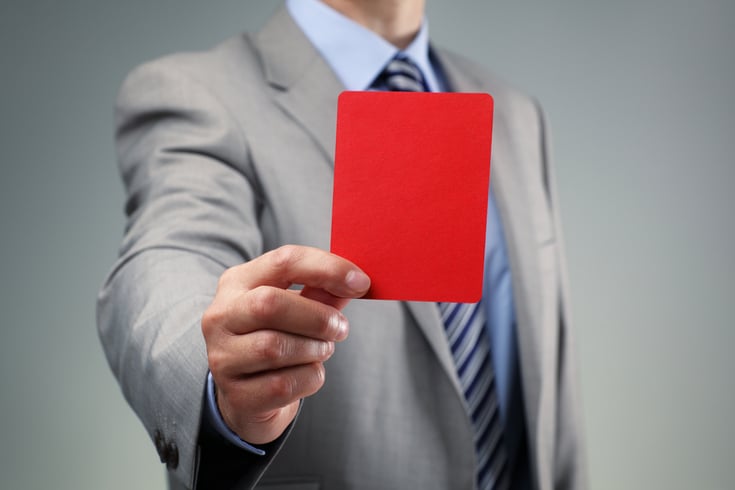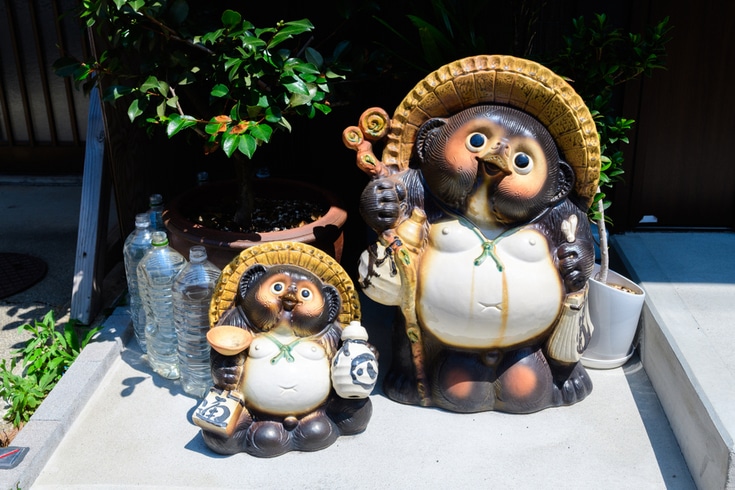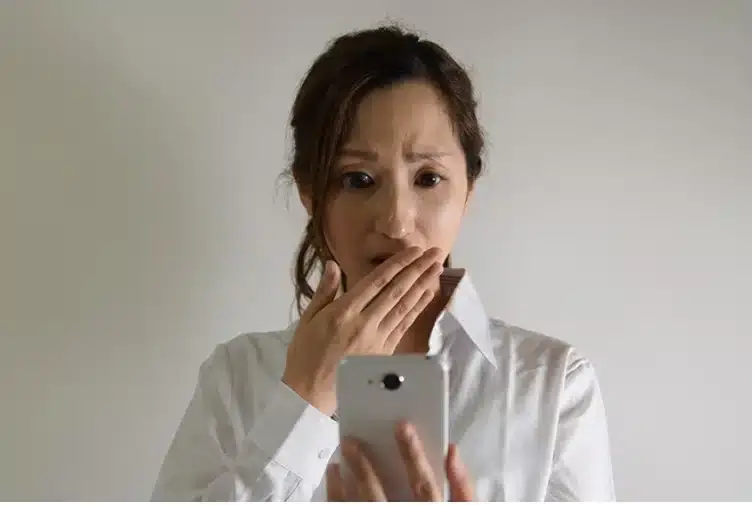What are the Standards for Plagiarism of Papers? Explaining the Precedents

It goes without saying, but when publishing a book or making a public statement online, it is not permissible to submit something that is merely a copy and paste of someone else’s text, or something that contains a large portion of such, as your own text. If the requirements for proper “quotation” are not met, it is considered “plagiarism”, and is regarded as a serious misconduct.
So, how is it determined whether a thesis is plagiarized or not?
Here, we will explain a case where the “plagiarism” of a thesis was disputed in court and was recognized as plagiarism.
Cases Where Plagiarism Was Acknowledged
A plaintiff, who held the position of associate professor at the Graduate School of University A, argued against the university. The plaintiff claimed that the university’s disciplinary dismissal of him due to reasons such as plagiarism of his thesis lacked objectively reasonable grounds and could not be considered appropriate according to societal norms. Therefore, he sought confirmation of his employment contract rights and demanded payment of unpaid wages.
Background of the Case
The plaintiff entered into an employment contract with the defendant, a school corporation that operates University A, on April 1, 2000, and was appointed as a full-time lecturer in the C Faculty of University A. On April 1, 2002, he was appointed as an associate professor in the same faculty and later became an associate professor at the academic institute in question. His field of expertise is business administration, with a focus on business strategy. In 2001, the plaintiff published an English paper titled “○○” (hereinafter referred to as “Paper A”) in “U Magazine”, an academic journal issued by the C Faculty of University A, and submitted Paper A as his promotion thesis when he was promoted to associate professor on April 1, 2002. In addition, Paper A was reported as a research achievement for a research project that was eligible for a Grant-in-Aid for Scientific Research (hereinafter referred to as “Kakenhi”) from the Japan Society for the Promotion of Science in fiscal 2001 or 2002, and the same report was also posted on the Kakenhi grant project database.
Furthermore, in 2003, the plaintiff published an English paper titled “△△” (hereinafter referred to as “Paper B”) in “U Magazine”.

Circumstances Leading to Disciplinary Dismissal
Professor D of the b Graduate School at a University informed the plaintiff in mid-April 2014 that there had been an external allegation that the content of the A paper was similar to that of another paper. Furthermore, around mid-May of the same year, he reported to Professor E, the Dean of the a Graduate School and Head of the c Department, and Professor F, the Academic Affairs Director of the c Department, that the A paper was strikingly similar to a doctoral dissertation titled “□□” (hereinafter referred to as “Comparative Paper A1”) written by G, a researcher in the United States, in 1998, and it was suspected of plagiarism. He also reported that it was strikingly similar to a paper titled “◎◎” (hereinafter referred to as “Comparative Paper A2”) that the same G had submitted to a journal in 2000, and there had been rumors among graduate students for several years that the plaintiff might have plagiarized these papers.
In response to this, Professor F had been investigating the similarity between the A paper and Comparative Papers A1 and A2 using an academic document search engine. However, he accidentally suspected that the B paper written by the plaintiff was similar to an English paper titled “●●” (hereinafter referred to as “Comparative Paper B”) that H and one other person (hereinafter referred to as “H et al.”) had submitted to a journal in 1999.
The investigation committee set up as a result of this reported on September 3, 2014, that the papers in question were presumed to have been created based on unpublished manuscripts that the plaintiff had obtained at research meetings while studying at a university in the United States. Specifically, the A paper was based on an unpublished manuscript (hereinafter referred to as “Original Paper A”) that G had presented at a research meeting in 1997, and the B paper was based on a manuscript (hereinafter referred to as “Original Paper B”) that H et al. had presented at a research meeting around 1997. The committee reported that the papers written and published by the original authors based on these original papers (the comparative papers) and the papers written by the plaintiff were almost identical in text. The plaintiff had committed similar acts twice, and given that less visible unpublished papers were used, it was judged that the plaintiff’s actions related to the suspicion of academic misconduct in the papers were intentional plagiarism.
On September 9 of the same year, the inquiry committee set up at the temporary faculty meeting of the Graduate School reported to Professor E, the Dean of the Graduate School, that the plaintiff’s actions were considered plagiarism of the original papers on October 13. It was noted that the plaintiff had repeated such acts of plagiarism twice, reported and published papers created fraudulently through plagiarism as research results of scientific research grants, used these papers as promotion papers when promoted to associate professor, and no measures had been taken yet to retract and rectify these research misconducts. Considering these factors, it was reported that it would be appropriate to dismiss the plaintiff as a disciplinary action. Subsequently, on November 21, it was decided to dismiss the plaintiff as a disciplinary action by the resolution of the Board of Directors, and the plaintiff was notified of this on the same day.
Plaintiff’s Argument
The plaintiff argued that the disciplinary dismissal was unjust and invalid. They initiated a lawsuit seeking confirmation of their employment contract rights and demanding payment of unpaid wages.
The plaintiff claimed that they did not intentionally plagiarize the original paper A for the following reasons. The A paper is a so-called “review article” written with the purpose of introducing the results of previous research in the field of transaction cost economics, based on an unpublished manuscript (the original paper A) distributed at a research meeting the plaintiff attended while studying at H University Graduate School. As is evident from the fact that the original paper A is cited in the A paper, the plaintiff had no intention of intentionally plagiarizing the original paper A. The plaintiff also contributed to the writing of the A paper to some extent, such as citing papers they had written previously.
A review is conducted as part of the research process to summarize and introduce previous research on the research theme and clarify the positioning of one’s own research. Most academic papers have a short review section in the introduction. It is also possible to publish a review as a separate paper, a review article. However, it must be clear that it is an introduction and citation of previous research, and the list of cited literature is particularly important. However, there was no such list in the A paper.
Regarding the B paper, the plaintiff argued that they had no intention of intentionally plagiarizing the original paper B. The B paper was written based on the original paper B, a resume distributed at a research meeting at H University Graduate School, where the plaintiff collected and analyzed data on the samples shown in the original paper B. It is clear from the fact that the plaintiff has developed and expanded their research based on the B paper. However, the data that the plaintiff collected and analyzed for the writing of the B paper was lost due to a computer hard disk failure, and the plaintiff was unable to submit it to the investigation committee.
The plaintiff also argued that the disciplinary dismissal took place 11 and 13 years after the publication of each paper, and even if there is no provision regarding the statute of limitations for accusations, from the perspective of ensuring the possibility of rebuttal when misconduct in research activities is pointed out, it should not be allowed to conduct investigations or disciplinary actions after a long period of time has passed from the act. In fact, the data that the plaintiff collected and analyzed for the writing of the B paper was lost due to a computer hard disk failure.

Court’s Decision
In the trial, the examination of the similarity of the papers was conducted in such a way that if all or substantially all of a line matched, it was treated as one line matching, if more than half of the words in a line matched, it was treated as 0.5 lines matching, and in all other cases, it was treated as no match.
As a result, for Paper A, the court found that 70.2% of the lines in the main text matched almost exactly with the comparison paper A1, and the three inserted figures and tables also matched almost exactly. The court acknowledged that Paper A was essentially a reproduction of comparison paper A1. There was no mention that Paper A was a paper intended to introduce the original paper A, nor was there any statement that Paper A was a paper introducing the original paper A (the “prospective paper” claimed by the plaintiff). Instead, there were indications that the discussion in Paper A suggested that the research results were the plaintiff’s own. The court acknowledged that Paper A was written by the plaintiff intentionally plagiarizing the original paper A.
For Paper B, the court similarly analyzed and found that 87.9% of the lines in the main text matched almost exactly with the comparison paper B, and the five inserted figures and tables also matched exactly. The court acknowledged that Paper B was essentially a reproduction of comparison paper B. There was no citation of the original paper B, and the court acknowledged that Paper B was written by the plaintiff intentionally plagiarizing the original paper B.
Based on these findings, the court stated:
“Universities, as the center of academia, are tasked with broadly imparting knowledge, deeply teaching and researching specialized arts and sciences, and developing intellectual, moral, and practical abilities (Article 83, Paragraph 1 of the Japanese School Education Act). In light of this, researchers affiliated with universities are expected to maintain a higher level of ethical integrity.
The plaintiff’s act of plagiarizing these papers tramples on the research results of others and fabricates his own research achievements. This act is contrary to the basic stance of a researcher, raises doubts about the qualifications of a researcher, and is particularly malicious given that similar acts have been repeated twice in just three years, and both acts were based on unpublished resumes distributed at research meetings where misconduct is difficult to detect.”
Tokyo District Court, January 16, 2018 (2018)
The court dismissed all of the plaintiff’s claims.
In response to the plaintiff’s argument that “it is not permissible to conduct investigations or disciplinary actions long after the act in question,” the court acknowledged that there may be cases where caution should be exercised in imposing disciplinary actions long after research misconduct has occurred, in order to protect the researcher in question. However, research misconduct includes various forms such as fabrication, falsification, and plagiarism of data claimed to be research results, and the degree of maliciousness and the specific methods of defense against allegations of misconduct vary from case to case, so it is not uniformly denied that disciplinary actions can be taken long after the act.
Regarding the plagiarism of these papers, it is immediately clear from the notation and format alone that each paper plagiarized each original paper. Therefore, the court stated that it cannot be said that substantial disadvantage has occurred in the plaintiff’s defense simply because a long period of time has passed since the plagiarism of these papers.

Summary (Plagiarism can be Identified and Proper Citation is Essential)
In the case of academic papers, it is possible to determine whether plagiarism has occurred through a ‘line-by-line analysis’ as seen in this case. However, it can also be judged by how identical the characteristics are when punctuation marks and brackets are excluded.
Plagiarism is a serious misconduct, and if discovered, it could lead to significant accountability. Therefore, when using someone else’s text, it is necessary to ensure that the requirements for appropriate citation are met.
Introduction to Our Firm’s Measures
Monolith Law Office is a legal office with high expertise in both IT, particularly the Internet, and law. In recent years, intellectual property rights surrounding copyrights have been attracting attention, and the need for legal checks is increasingly growing. Our firm provides solutions related to intellectual property. Details are described in the article below.
Category: Internet





















